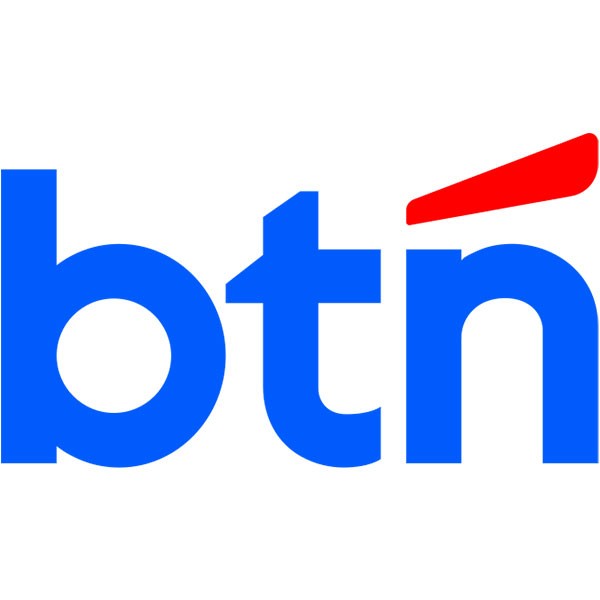basic bank information
RBA, as the central bank of Australia, is owned by the government, which is different from state-owned, joint venture or commercial banks. Its full name is Reserve Bank of Australia, which was established on January 14, 1960, and was separated from the Commonwealth Bank under the Reserve Bank Act 1959 as a central bank, and is headquartered in Sydney. As a central bank, its ownership is directly controlled by the Australian Government and is not a listed or private entity.
scope of services
RBA's services cover the whole of Australia, with its main offices including Sydney (headquarters), Canberra (bank branches), Brisbane, Melbourne, Adelaide, Perth, and international offices such as Beijing, London, and New York for international financial cooperation. Due to its nature, the RBA does not have bank branches or ATM networks in the traditional sense, with a focus on policy development and financial infrastructure support.
services and products
RBA's core services and products include:
Monetary policy: Affects economic activity and interest rate structure by setting a cash rate target, controlling inflation (target range 2-3%) and promoting full employment.
Financial System Stability: Ensuring the safety and efficiency of the financial system by monitoring financial risks and working with the Australian Prudential Regulation Authority (APRA), the Australian Securities and Investments Commission (ASIC) and the Treasury.
Bank Notes Issuance: Responsible for the design, production and issuance of Australian bank bills to ensure their durability and anti-counterfeiting.
Government Banking Services: Providing banking services to the Australian Government and its agencies, including processing government transactions such as Medicare refunds, tax payments, etc.
Foreign Exchange Reserve Management: Manages Australia's gold and foreign exchange reserves to support economic stability.
economic data release: Regularly publishes economic and financial statistics, such as inflation rate, employment data, etc., for the reference of the public and researchers.
regulatory and financial wellness<
span style="font-family: sans-serif; color: black" > RBA is governed by the Reserve Bank Act 1959 and is overseen by Parliament and the Minister of Finance. Financial health is reflected in the balance sheet, with total assets and liabilities of $395,366 MN as at 21 May 2025, demonstrating a stable financial position.
digital service experience<
span style="font-family: sans-serif; color: black"> RBA does not provide retail banking services for the general public, Therefore, there is no official app or online banking service. Its digital services are mainly focused on the payment system infrastructure:
economic data and educational resources: Its website (RBA's official website) provides a wealth of economic data, reports, and educational materials for the public and researchers to use.
technological innovation: RBA drives innovation in payment systems, such as real-time clearing systems (RTGS) and high-value payment systems (HVPS), and participates in Open Banking initiatives to promote fintech development.
> New Payment Platform (NPP): developed in collaboration with banks to support real-time payments, Available 24/7.
security measures<
span style="font-family: sans-serif; color: black"> as a central bank, The RBA has strict requirements for the security of its operations and payment systems, including:
anti-counterfeiting design of bank notes to ensure that currency in circulation is difficult to counterfeit.
the security and efficiency of the payment system and cooperates with financial institutions to maintain the stability of the financial system. The specific security measures are not disclosed, but they meet the standards of international central banks.
featured services and differentiation
As Australia's central bank, the RBA has the following unique responsibilities:
Financial stability maintenance: Liquidity support can be provided to financial institutions in times of economic crisis, such as emergency measures during COVID-19.
Bank Notes Issuance: Exclusively responsible for the design, production and issuance of Australian Bank Notes.
International Cooperation: Participates in global financial cooperation through its international offices (Beijing, London, New York) and represents Australia in institutions such as the International Monetary Fund (IMF), the World Bank, etc.
> monetary policy setting: by setting a cash rate target, Affect economic growth and inflation, and maintain economic stability.
summary










